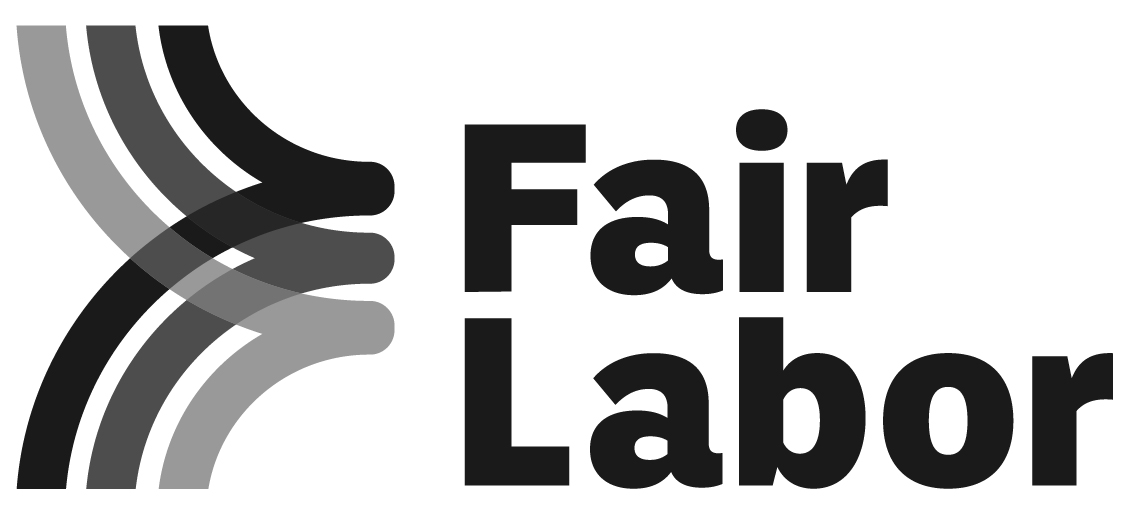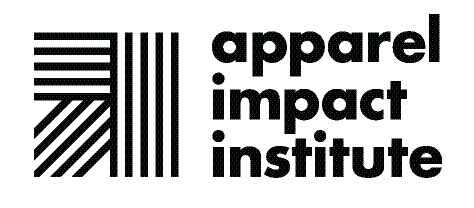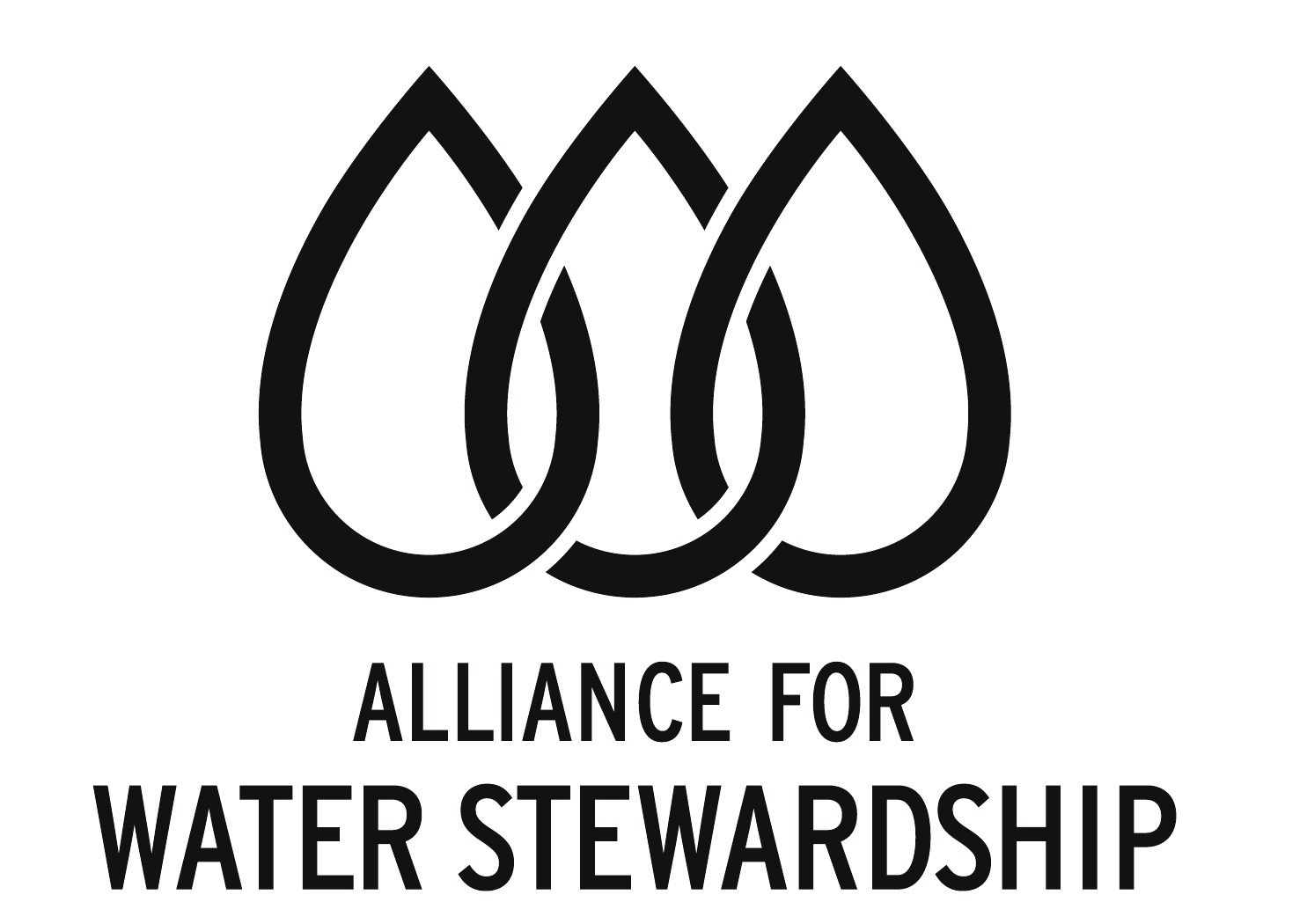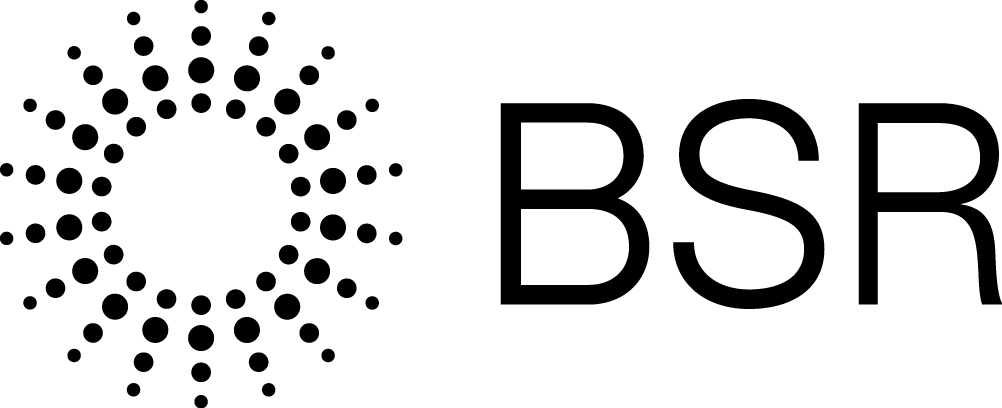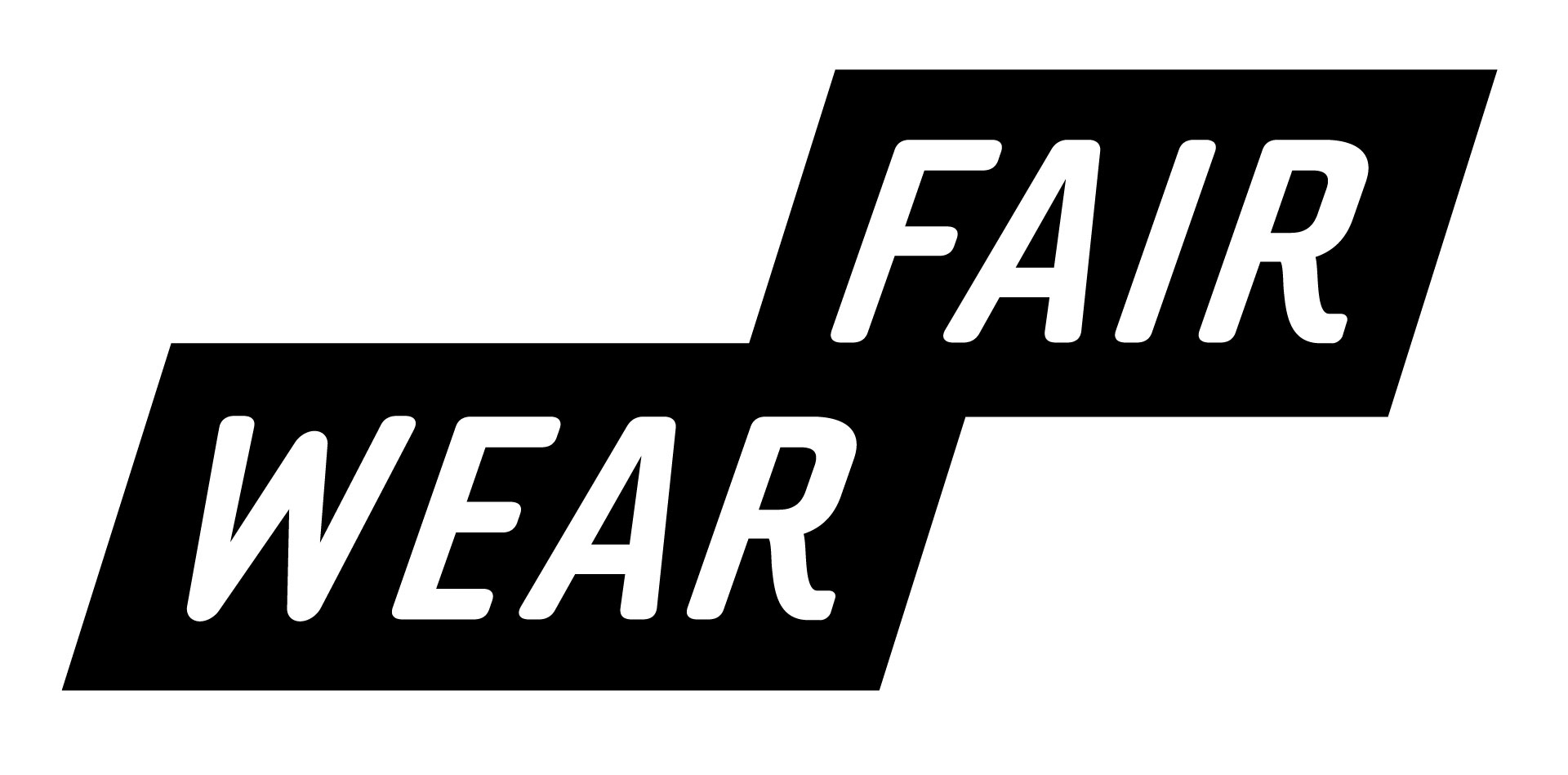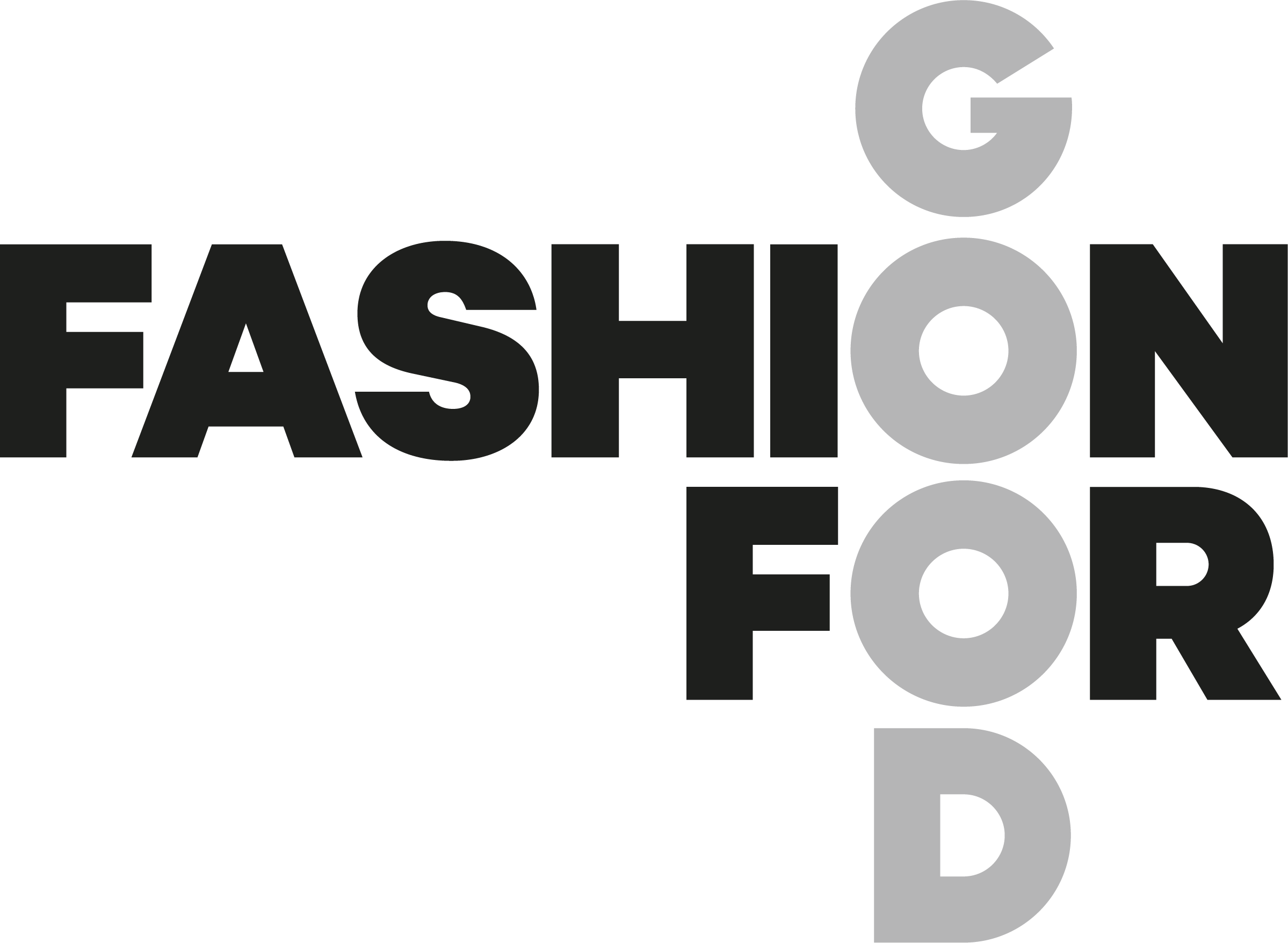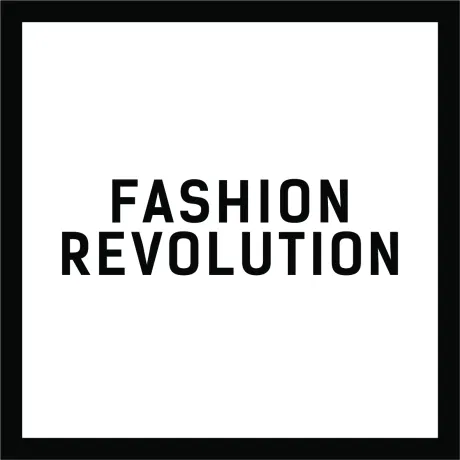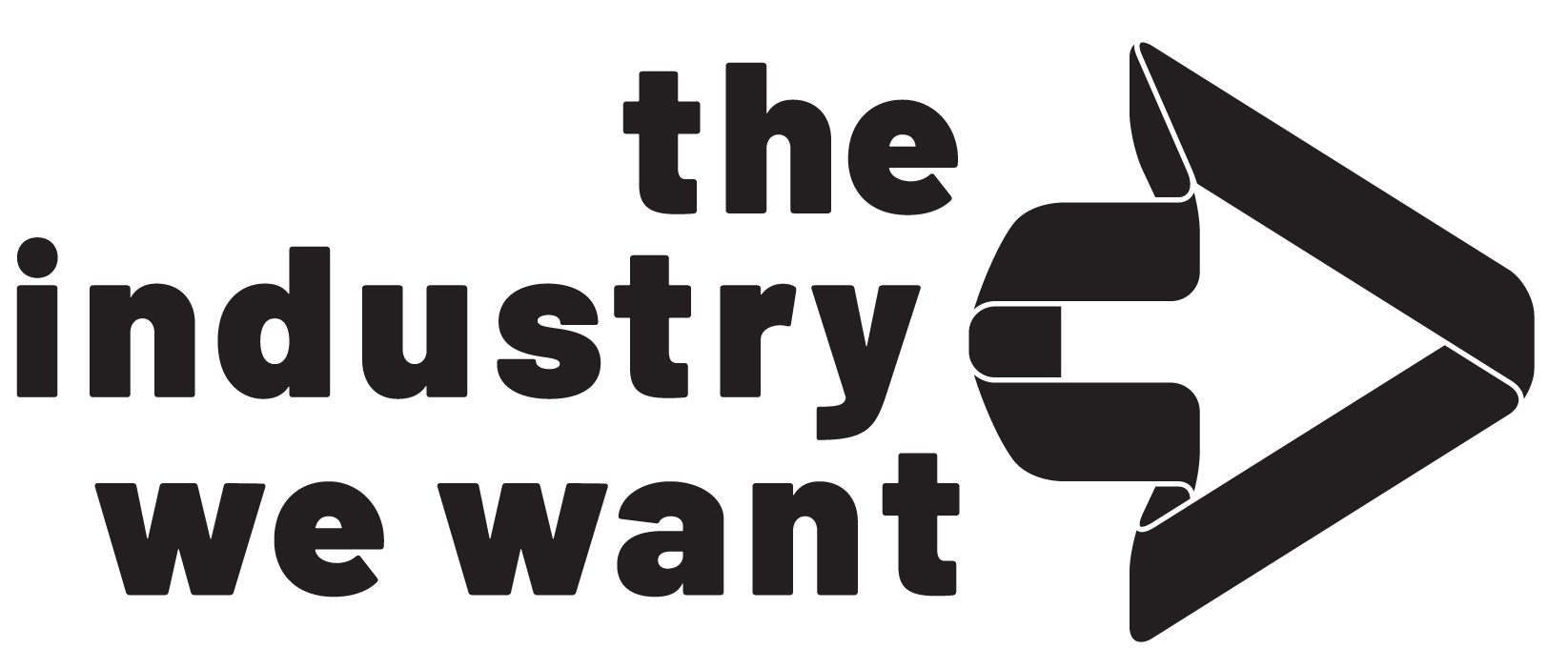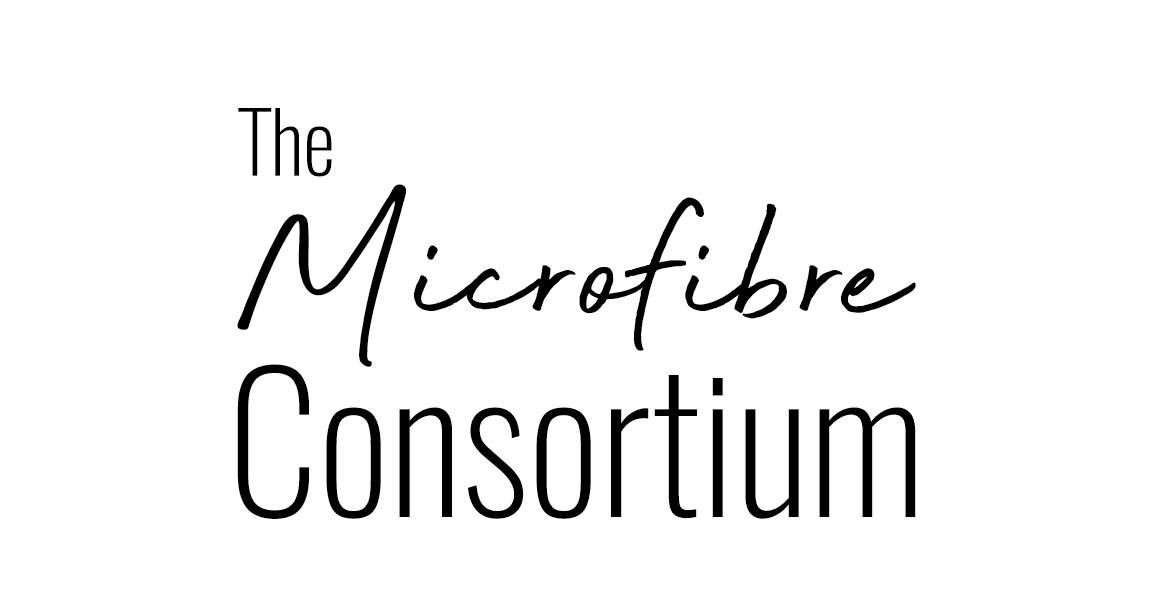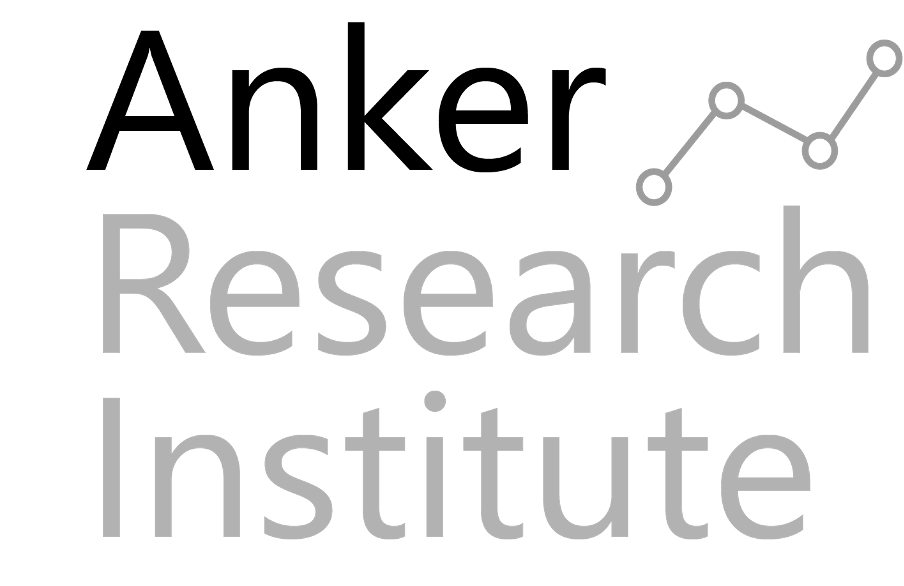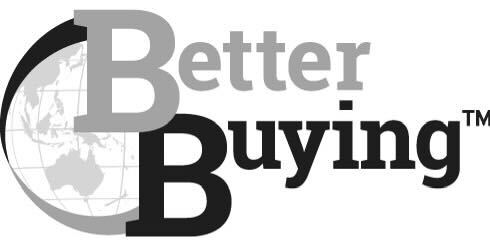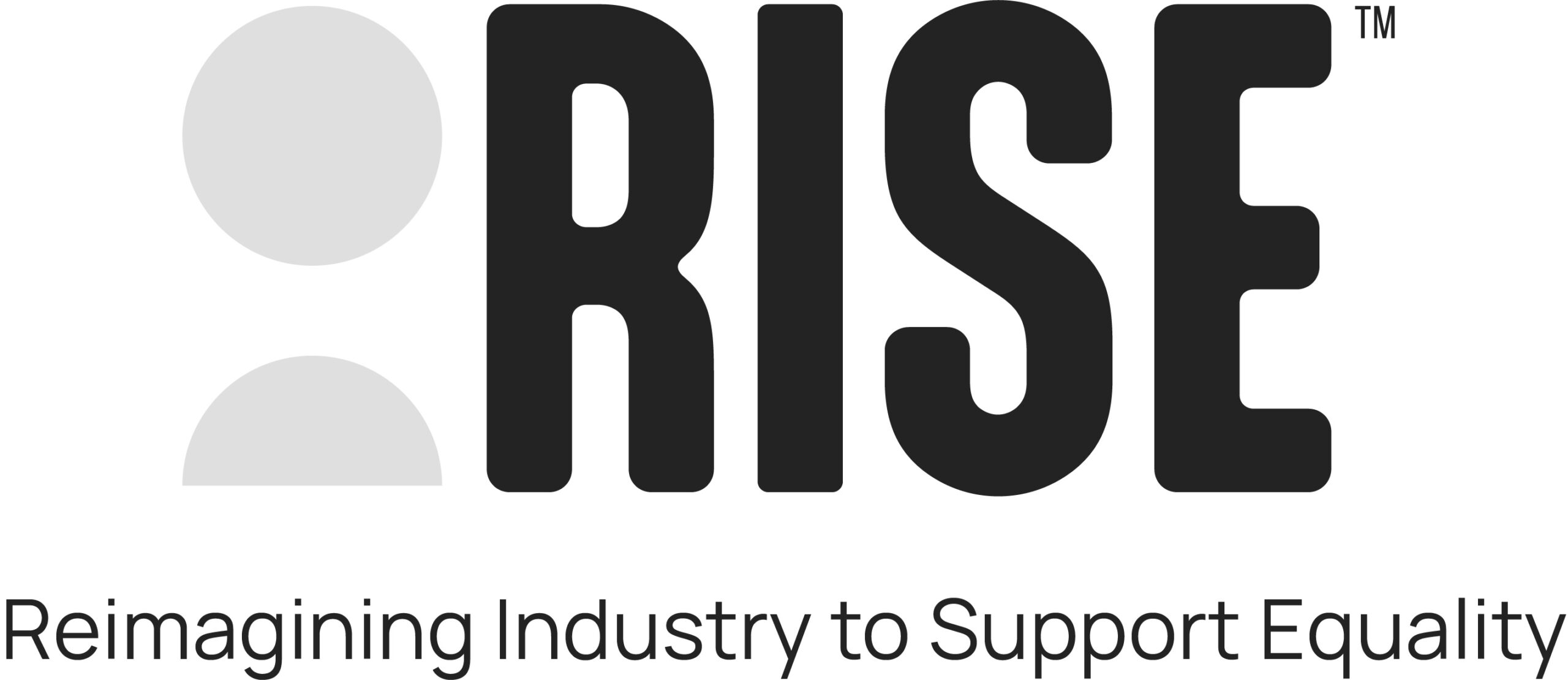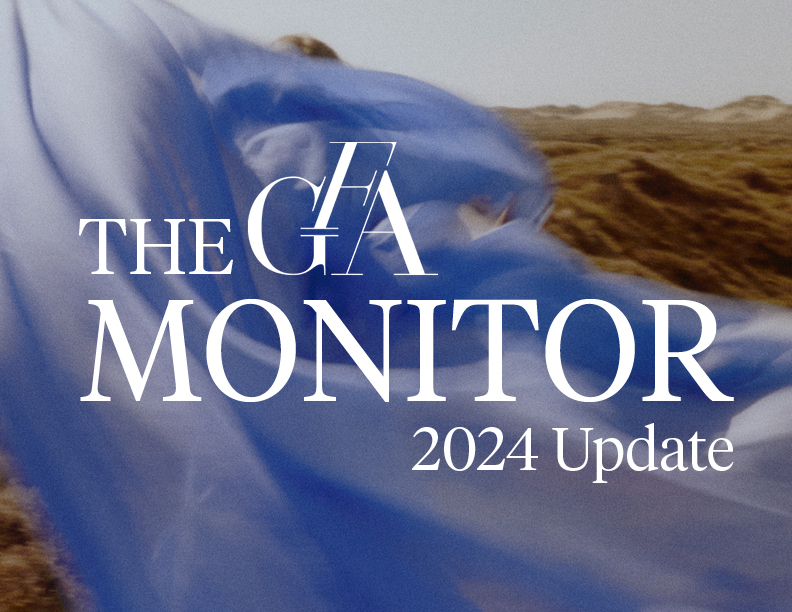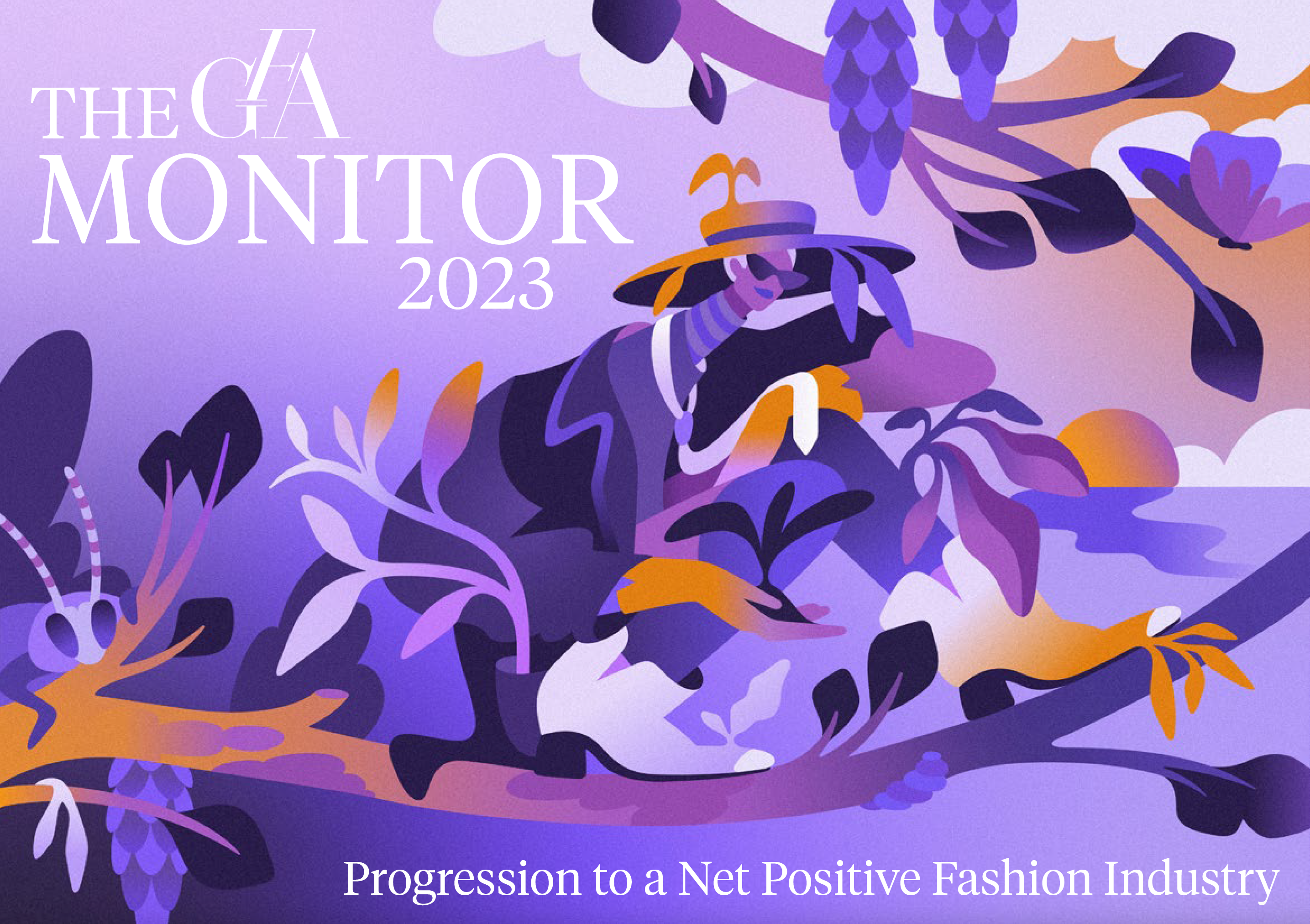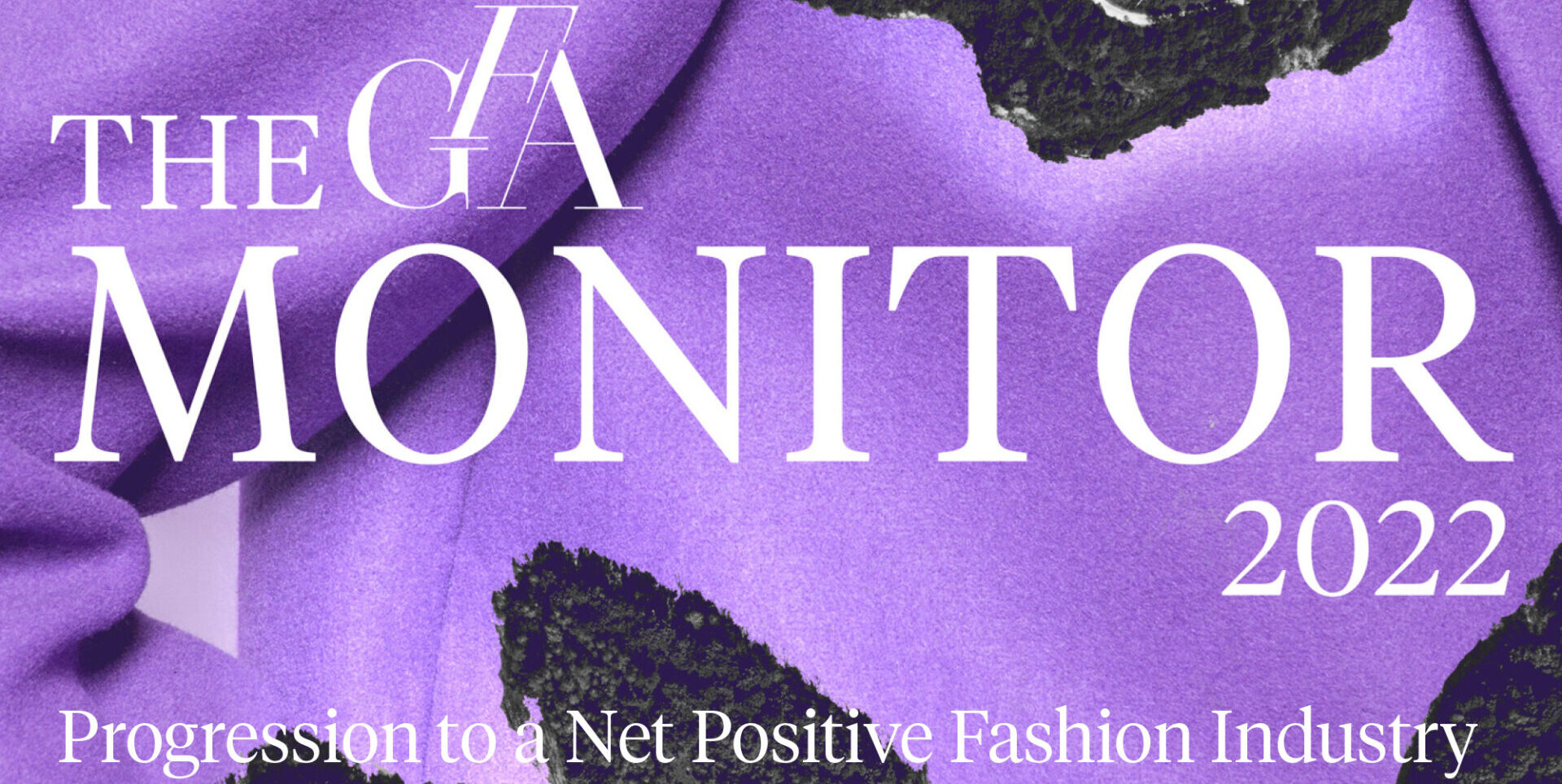The GFA Monitor
The GFA Monitor is an extensive guide for fashion companies on how to reach a net positive industry through the consolidation of existing knowledge, clear actions to take, credible tools, solutions, data insights, policy developments and proven best practices across five sustainability priorities.

The GFA Monitor 2024 Update
This GFA Monitor edition serves as a concise update gauging industry progress towards a net-positive fashion industry. Building on the Fashion CEO Agenda’s holistic framework, it highlights the critical need for social and environmental sustainability. This edition is co-created with Global Fashion Agenda’s Impact Partners and stakeholders who are acknowledged as principal industry experts in their respective fields. For detailed actions, tools, definitions and best practice examples, readers are encouraged to download the GFA Monitor 2023 for more comprehensive guidance.
The GFA Monitor 2024 Update in Simplified Chinese
《2024 全球时尚议程监测报告》简体中文
Priorities
With this report, Global Fashion Agenda hopes to mobilise and inspire fashion companies to make bold commitments and take decisive action on the five priorities to build a better future for all actors across the value chain, and the planet.

Respectful and Secure Work Environments

Better Wage Systems

Resource Stewardship

Smart Material Choices

Circular Systems
A Collaborative Approach
The Monitor is a co-creation with Global Fashion Agenda’s Impact Partners and stakeholders which brings together expert insights from multiple organisations with different areas of specialisation, consolidating existing knowledge and reducing complexity. GFA’s Impact Partners include: Apparel Impact Institute, Ellen MacArthur Foundation, Fair Labor Association, Social & Labor Convergence Program, and Textile Exchange.
Impact Partners:
Principal Stakeholders:
Other principal industry and international stakeholders include: Cascale, Circle Economy, Global Living Wage Coalition, OECD, PACE, Science Based Targets Network
Measuring Industry Progress
The report draws on new insights from the Fashion Industry Target Consultation, a collaborative project by GFA and the UN Environment Programme (UNEP) launched in 2022. This initiative annually evaluates industry sentiment on key milestones needed to achieve a net positive fashion sector, providing a snapshot of current target setting and measurements reporting across pivotal action areas. This year, 100 stakeholders from across six continents contributed to the consultation.
The insights are strategically placed throughout the report within their respective priority chapter, highlighting data from brands, producers/manufacturers, and the overall respondent aggregate. The full methodology and disclaimer can be found in the publication’s Annex.
Looking ahead, our vision is for the GFA Monitor to become an annual gauge of the fashion industry, delivering valuable insights and impact data, monitoring industry progress and identifying critical actions to stay aligned with the industry’s collective path forward. Learn more at here.
Get in touch via impact@globalfashionagenda.org
Reports




